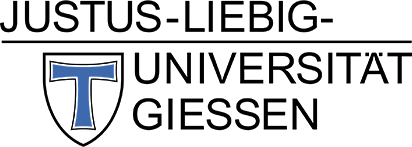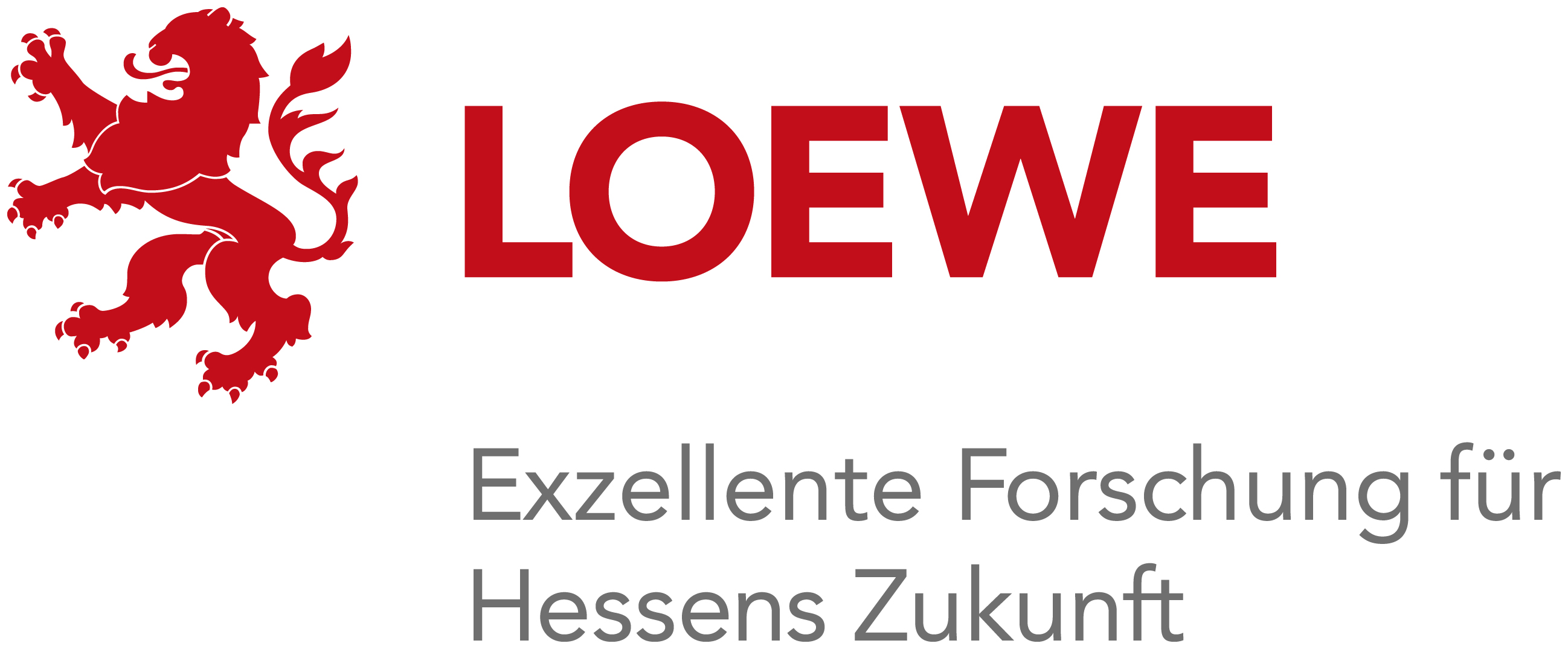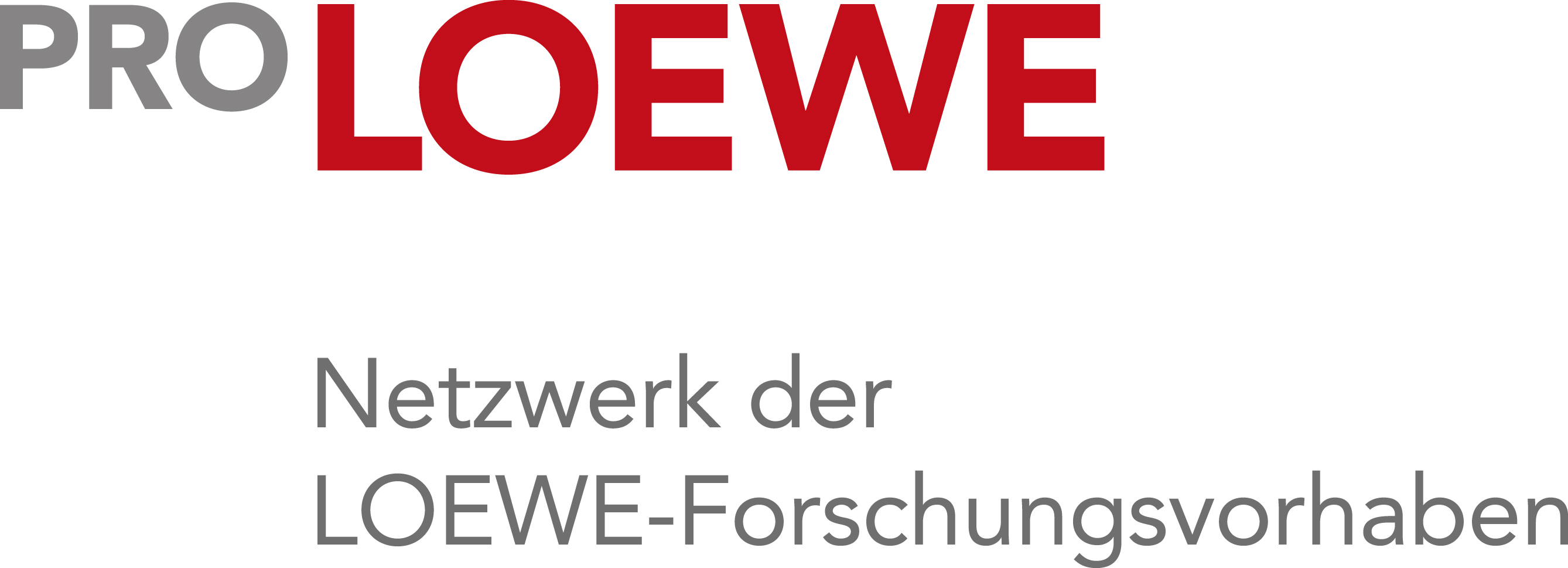Main Content
Work package Ecological piloting
The development of Nature 4.0 requires detailed training and validation data sets. In the work package Ecological Piloting (EP) classical ecological in situ sampling methods are combined with the possibilities of Nature 4.0. This ensures the provisioning of the necessary ecological basic data for the development of the individual models together with the WP Environmental Modeling. At the same time, a practical test for the documentation of the potential of Nature 4.0 with regard to nature conservation monitoring and ecological research will be made possible.
Tasks
The core of the EP project area is the high-resolution recording and quantification of interaction networks for the purpose of nature conservation relevant monitoring within the framework of Nature 4.0. Based on the structure, physiology and phenology (including leaf and seed production) of trees, the focus is on the associated groups of insects, songbirds, bats, birds of prey, small and large mammals. The structure of the forest is characterized not only on a physical basis, but also by perceived spatial resistances that are reflected in motion profiles. The EP work package is diverse and connected in changing relationships with subprojects of the environmental modeling work package. This connection takes place both at the level of the data streams and the modeling.
Contribution to Nature 4.0
With its ecological expertise and the in situ recording of relevant variables for the quantification of biotic interactions, the EP work package lays the foundation for model development and model validation in Nature 4.0. The close interlocking with the environmental modeling work package creates synergies in modeling and implementation, which are also directly valued for the piloting of the Nature 4.0 system using the example of the detailed analysis of multiple interaction networks.
Subprojects
Inhalt ausklappen Inhalt einklappen EP1 | Habitat, primary production and stress of trees
Project Management | Lars Opgenoorth
Team | Martin Leberecht
Challenge | As the most important structural formers and net primary producers, trees are crucial for habitat diversity and the basis for interaction networks in forests. Phenology is crucial for the food supply of herbivores, frugivores and destructors. The continuous observation of stress signals from trees is therefore part of Nature 4.0.
Inhalt ausklappen Inhalt einklappen EP2 | Insect communities and ecosystem processes
Project Management | Roland Brandl, Martin Brändle
Team | Jonas Mielke Möglich
Challenge | Tree living insects, especially phytophagous species, are closely linked to the physiology, phenology and chemistry of a tree species. Insects, on the other hand, are an important food source for predators such as birds and bats. In accordance with their ecosystem importance, it is therefore imperative to consider tree living insect communities in Nature 4.0.
Inhalt ausklappen Inhalt einklappen EP3 | Movement ecology and microhabitat selection of medium-sized bird species
Project Management | Petra Quillfeldt
Team | Juan F. Masello
Challenge | The Central European cultural landscape is characterized by a coexistence of forest and open land habitats. Here, forest habitats often serve as retreats and safe breeding grounds, but are not sufficient for all animals as the only habitat. Birds that breed in the forest but find their food mainly in the open country are also relevant for nature conservation. The consequences for nature conservation resulting from the differentiated use of natural areas justify the corresponding monitoring in Nature 4.0.
Inhalt ausklappen Inhalt einklappen EP4 | Selection of accommodation and hunting activity of bats
Project Management | Thomas Nauss, Matthias Simon (Simon & Widdig GbR)
Team | Jannis Gottwald
Challenge | As a highly mobile species group, forest-dwelling bat species depend on a network of functional habitat characteristics. Forest structures create protection and offer hunting grounds whose prey density depends on the frequency of hunting and phenology. Weather conditions also lead to changes of quarters. Bats as a nature conservation-relevant group and as a proxy for habitat relationships mandate their inclusion in Nature 4.0.
Inhalt ausklappen Inhalt einklappen EP5 | Movement ecology
Project Management | Thomas Müller
Team | Sascha Rösner, Dr. Raphael Royaute
Challenge | Without animal movements, important ecosystem functions such as herbivory, seed dispersal and pollination or predator-prey relationships would not take place, which is why these are an immanent part in Nature 4.0.
Inhalt ausklappen Inhalt einklappen EP6 | Food webs
Project Management | Nina Farwig
Team | Kim Lindner
Challenge | The plants and animals of a habitat interact in complex food webs whose analysis allows an evaluation of complex biotic interactions at the habitat level. In addition to changes in species communities, food web analyses also record the consequences of structural changes for ecosystem functions and stability.





